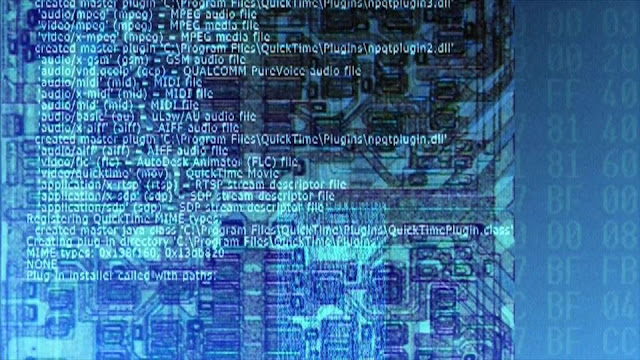WHAT WILL BE THE FUTURE PRODUCTION TECHNOLOGY FOR PRINTED ELECTRONICS
 |
WHAT WILL BE THE FUTURE PRODUCTION TECHNOLOGY |
Technology Get an overview of high-quality printing and coating techniques and processes in the printed electronics market.
The market for large-area printed organic electronics is developing rapidly to increase efficiency and quality, as well as to further reduce costs. Every day there are more applications for organic photovoltaic cells (OPV), organic light-emitting diodes (OLED), radio frequency identification (RFID), near field communication (NFC), and compact printed electronic systems.
To make final products more affordable, but at the same time highly accurate, the way to go is roll-to-roll (R2R) production on flexible transparent polymer substrates. There are numerous suitable printing and coating technologies, depending on the design, product application, and chemical process technology. Primarily, it is the product design (size, pattern, repeatability) that defines the application technology.
The trends seen during the LOPEC conference in Munich, Germany, showcased innovative developments in flexible electronics ranging from OLEDs to smart packaging. LOPEC provided an important stimulus for application, research, and development. The theme of wellness was a recurring topic throughout the exhibition, conference, and support program. Developments such as sensors capable of detecting the vital functions of human beings, and NFC tags with the capacity to inform about products are entering massive applications. one
All of these functional products are made in part by wet coating and printing processes. With silver nanowires, carbon nanotubes, and organic polymers (PEDOT) it is possible to manufacture conductive layers. Printing applications are increasing with conductive and functional materials as well. Suppliers of machinery for coating and printing have to offer solutions capable of working with sensitive substrates, as well as with the required chemicals. We will focus on explaining the proper coating and printing methods for applying functional layers.
It is often difficult to clearly distinguish between coating and printing processes, as different designs can be made with various technologies. A clear definition of the product design determines the choice of the correct application technology. Each technology, such as slot nozzle, direct and flexo printing, screen printing, and inkjet printing has advantages and disadvantages in its use.
In general, high-performance application processes are required. A defect-free coating is required for printed electronics processes, along with the following requirements:
Distribution across the band with less than 1% deviation, Coating thickness wet less than 1 µm, and dry less than 100 nm, The thickness of the coating must remain constant during the 24 hours of production, Print texture up to 2 pt. resolution.
Coating technologies are divided into self-dosing and pre-dosing coating techniques:
Self-dosing: the weight of the applied coating depends on the process. In
dip coating processes, the speed of the substrate defines the thickness of the
coating.
In the case of roll coating, the speed and the gap between the rolls define the
thickness of the coating. In the case of coating with coma scrapers, the
distance between the coma scraper and the substrate determines the thickness of
the coating.
Pre-dosed Coating - The weight of the applied coating is not process-dependent, for example, slot coating and spray coating. In this case, the pumping speed of the dosing system is the main determining factor for the thickness of the coating.
Slot nozzle technologies are characterized by capillary forces, which act
between the slot nozzle and the substrate. The distance between the slot nozzle
and the substrate is often less than 200 µm. Very low wet film thickness (~ 1
µm) is possible at substrate speeds of less than 50 m / min.
The distance from the slot nozzle to the substrate can be 300 times the
thickness of the wet film.
The different settings of the slot nozzle are defined by the space between it and the substrate














I really like this post.
ReplyDelete